Alan Titchmarsh: The plants which will make you ignore the crazy rules of tastefulness and embrace a riot of colour
Alan Titchmarsh admonishes us all to embrace colour in the garden — and nothing brings it as easily as pelargoniums.

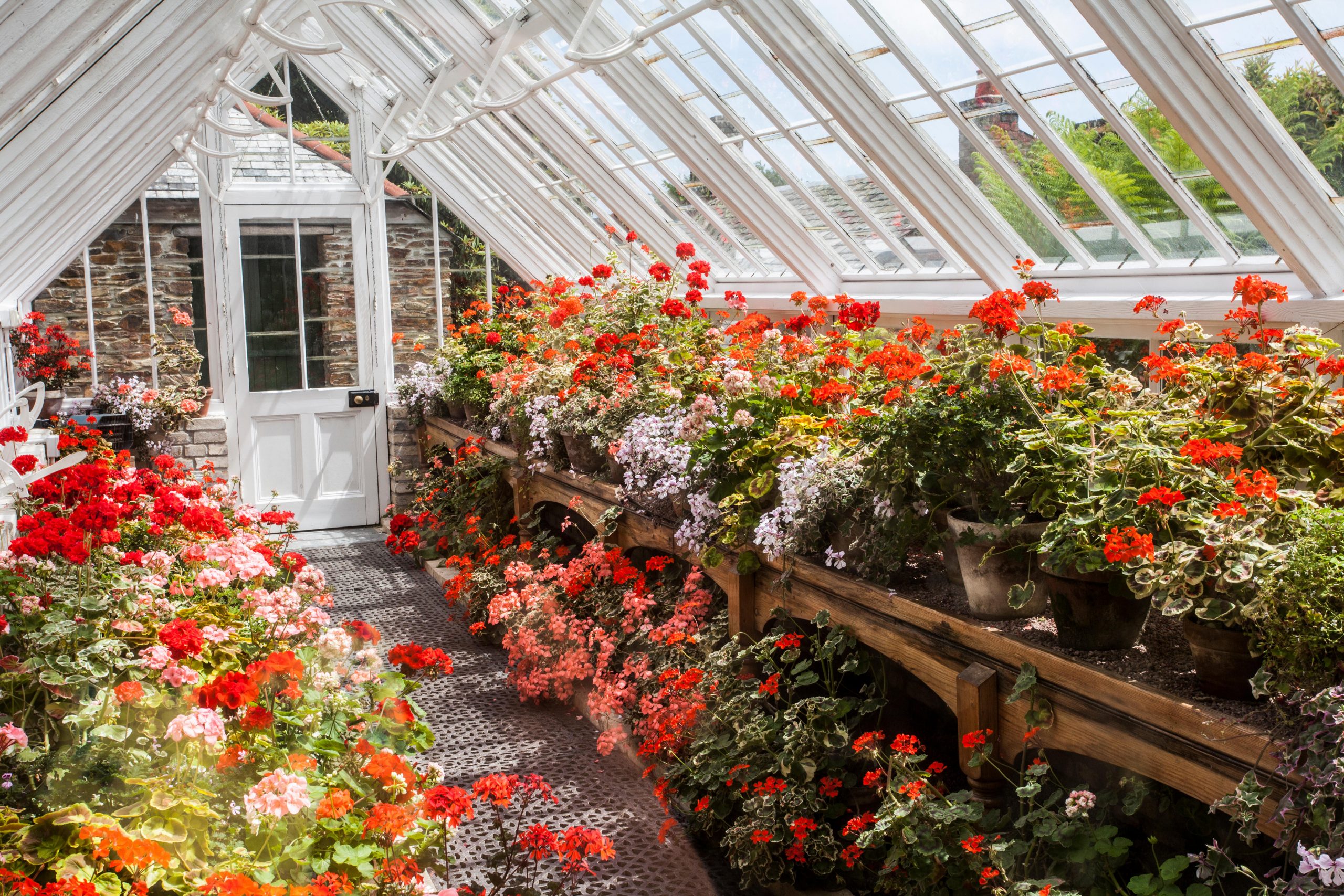
Too many gardeners are afraid of colour; indeed, I confess to feeling guilty on occasion at my profligate use of it in the garden. We are conditioned, in this sophisticated world of ours, to revere tastefulness, and tastefulness most frequently involves restraint — pastel shades and subtle hues. Orange and yellow, scarlet and magenta are frequently reviled.
Over the past few months, anything that lifts our spirits has become prized; bright flowers fall into that category. How uplifting is a large terracotta pot stuffed with scarlet geraniums? Somehow, white doesn’t quite cut it — not least because white geraniums (by which I mean pelargoniums) don’t age well. Their browning petals disfigure their virgin purity, whereas fading red flowers join the shadows among the scarlet blooms.
My love for pelargoniums goes back to my parks-department apprenticeship, where, with two or three other council gardeners, I would sit around a large sheet of hessian in the stone-floored potting shed each September — piled high with severed stems taken from the plants on roundabouts and traffic islands — and make my contribution to the several thousand geranium cuttings that had to be taken each year to fill the following season’s flowerbeds.
"When it comes to value for money, they are matchless"
You’d think that after a couple of years of such apparent drudgery I would never want to see a pelargonium again. But I do — and I have a greenhouse packed with a mixture of zonal varieties (the ones with the dark horseshoe markings on the leaves) and scented-leafed kinds, which have aromas of everything from chocolate peppermint to the optimistic-ally named Attar of Roses and fizzing lemon and lime.
This year, I sent off for 60 pelargonium plug plants — each one with a rootball the size of half your little finger. These delightful Lilliputian plants — each no more than an inch high when they arrived — were set out 3in apart in seed trays of multipurpose compost and grown on until I could plant them out in large pots and tubs as ‘summer bedders’ at the beginning of this month. They ‘growed like Topsy’.
For those who are nervous about growing from seed, plug plants offer a degree of confidence that may be lacking in a packet of dry dust.
So keen are these little hybrid mixtures to flower that buds were visible when the plants were only a couple of inches high. When it comes to value for money, they are matchless.
Exquisite houses, the beauty of Nature, and how to get the most from your life, straight to your inbox.
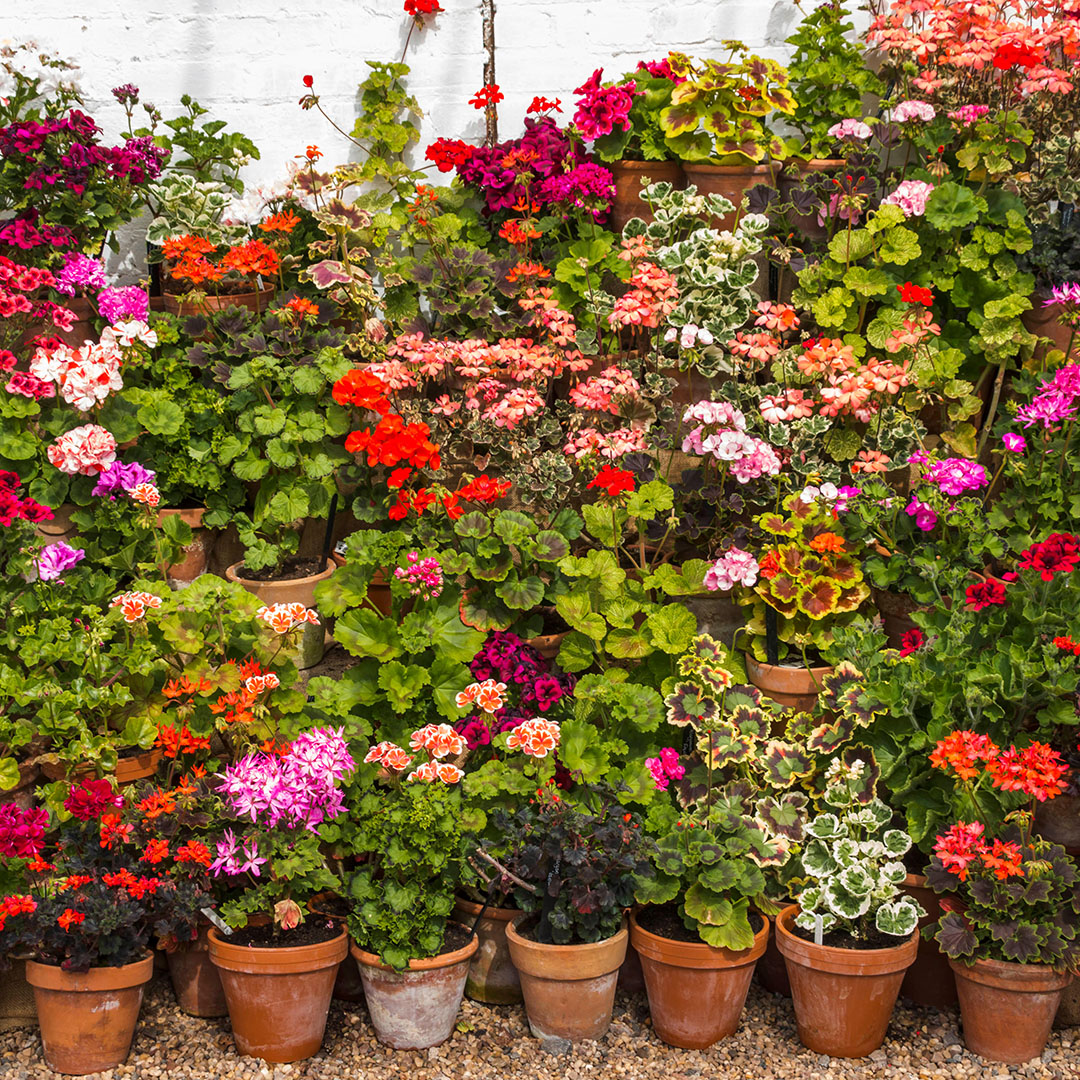
If you grow pelargoniums for planting outdoors in beds or pots or troughs, choose the single-flowered varieties rather than the doubles. The doubles are spectacular, but they don’t age well in damp weather, and their petals can coalesce into that familiar brown mush.
Single-flowered kinds, on the other hand, will obligingly shatter, dropping their petals and leaving behind only the clusters of empty calyces, which, in some varieties, are quite decorative in themselves. If they offend, the lovely thing about pelargoniums is that their flower stalks can be snapped cleanly from the parent stem and the plants instantly tidied up. It’s not something that needs to be done in bed and border, but, in containers that are enjoyed close to, it is worth a weekly clean-up.
"Somewhere among the cornucopia of pelargoniums will be a variety you will love"
What all pelargoniums demand is brilliant light. Give them even a suggestion of shade and they will begin to look pallid and pasty, their stems drawn up in search of the light they crave. (If you need colour in a shady spot, go for busy lizzies — impatiens — which will revel in it rather more than their sun-worshipping comrades.)
Slugs can sometimes take a shine to pelargoniums and there is a particular caterpillar that can chomp at the leaves alarmingly, but such incursions are rare and hand picking will usually locate the culprits. Your local thrush will be grateful if they are tossed his way.
Back in the 1960s, we grew a range of named varieties: Verona with acid-yellow leaves and pale-pink flowers; Paul Cram- pel, the classic scarlet; Mrs Henry Cox with her red and yellow and deep-purple patterned leaves; and Flower of Spring, the leaves of which are edged with creamy white. Frank Headley, with cream- variegated leaves and complementary single flowers of pale pink, I discovered later and would recommend to anyone who wants a pelargonium whose colours are bright and cheery, but not remotely offensive.
Somewhere among the cornucopia of pelargoniums will be a variety you will love. Have fun finding it.
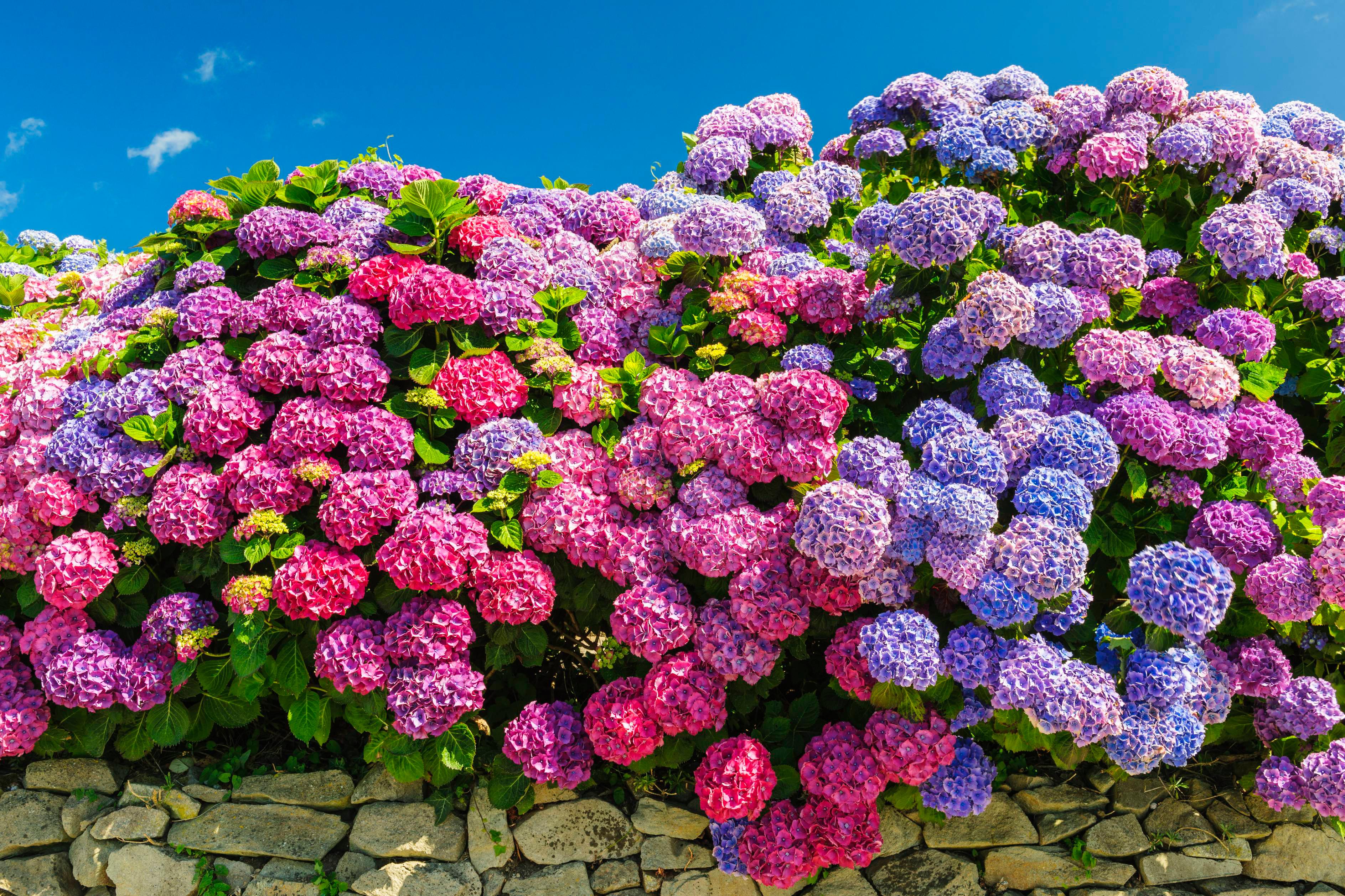
Alan Titchmarsh: Forget what the neighbours might think — it's time to end gardening's strangest taboo
We love to see flowers, to smell fresh blooms and to listen to the wind in the trees — but far
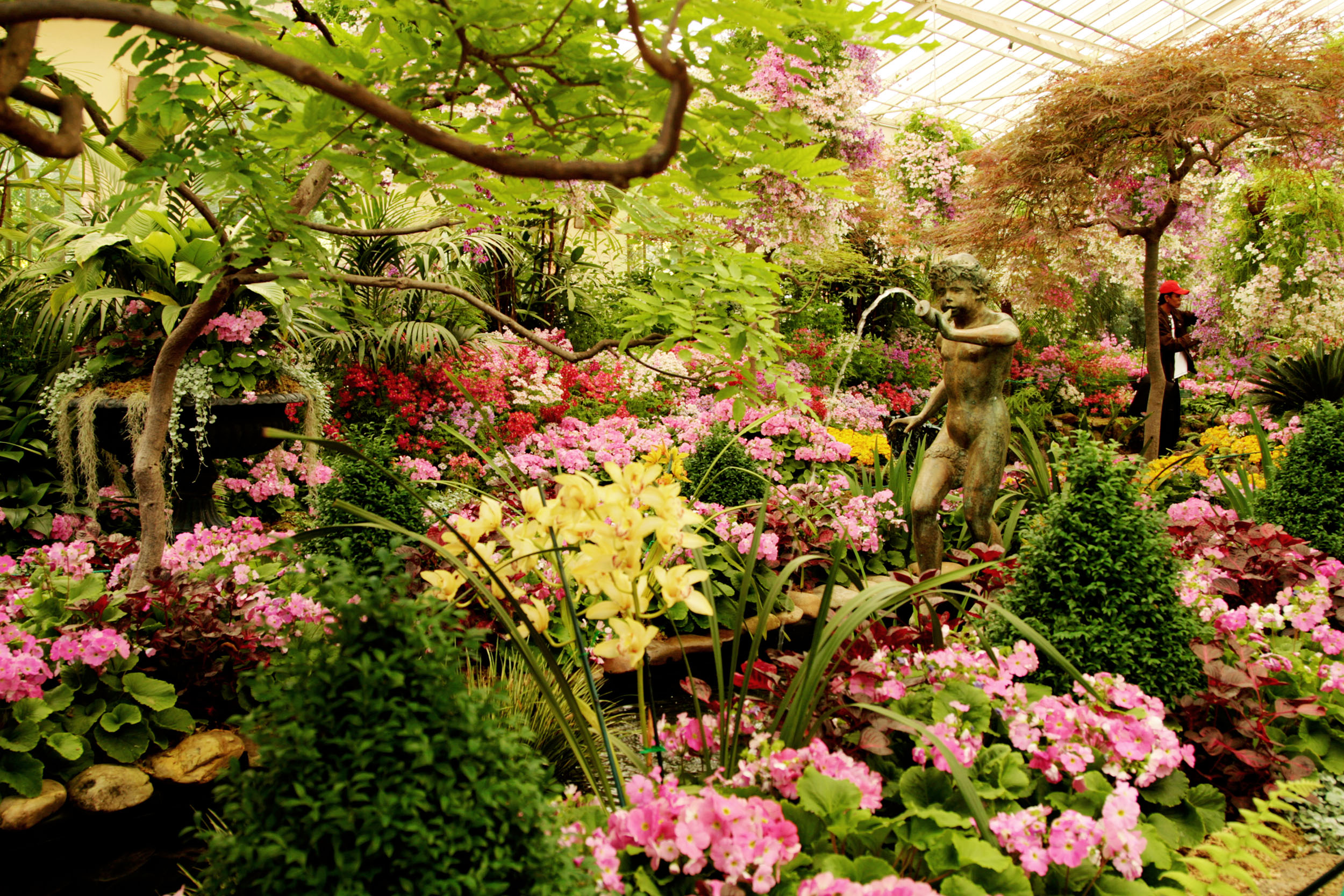
Credit: Moment Editorial/Getty
Alan Titchmarsh: Why I've decided that life's too short to keep growing the same old things in my greenhouse
Alan Titchmarsh's greenhouse has become a bit predictable – but he's now got big plans to mix things up.
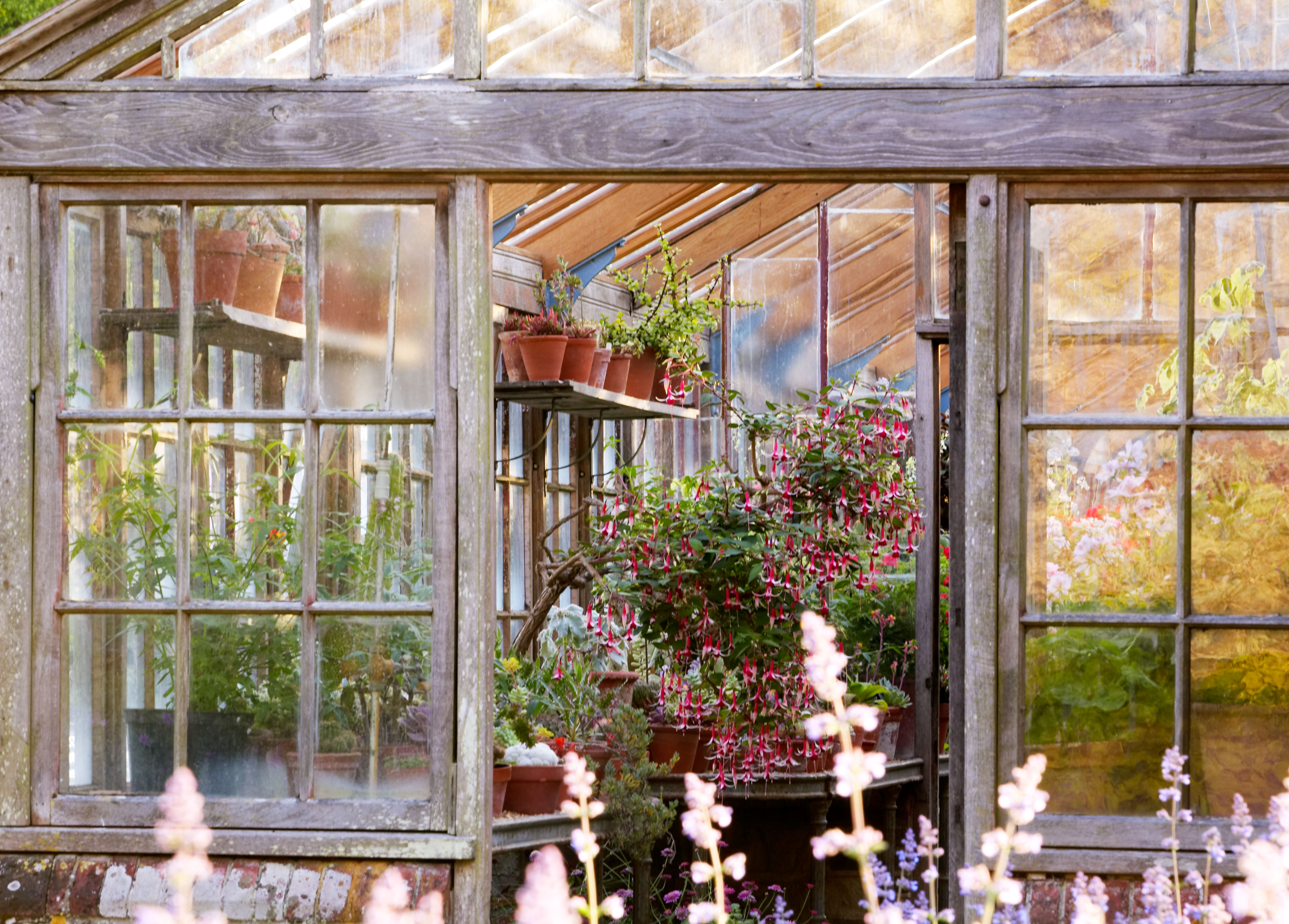
Credit: Alamy
Alan Titchmarsh: How to master the fine art of pottering
As time opens up for all of us to spend more time in the garden, Alan Titchmarsh offers his tips
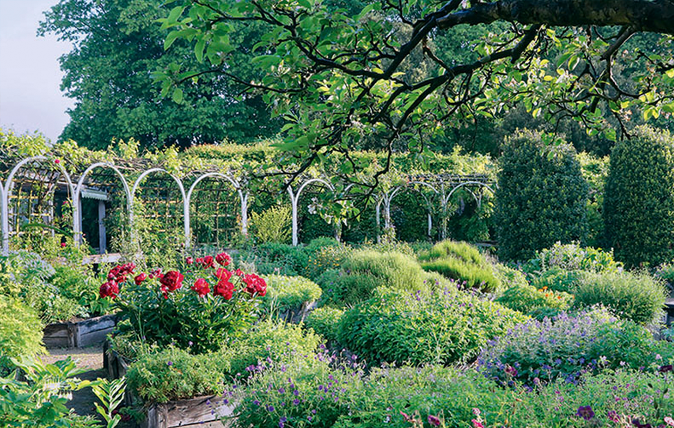
Alan Titchmarsh: The poetic pleasure of plant names
Our gardening expert on the days spent learning the names of some of the most obscure plants in Britain.
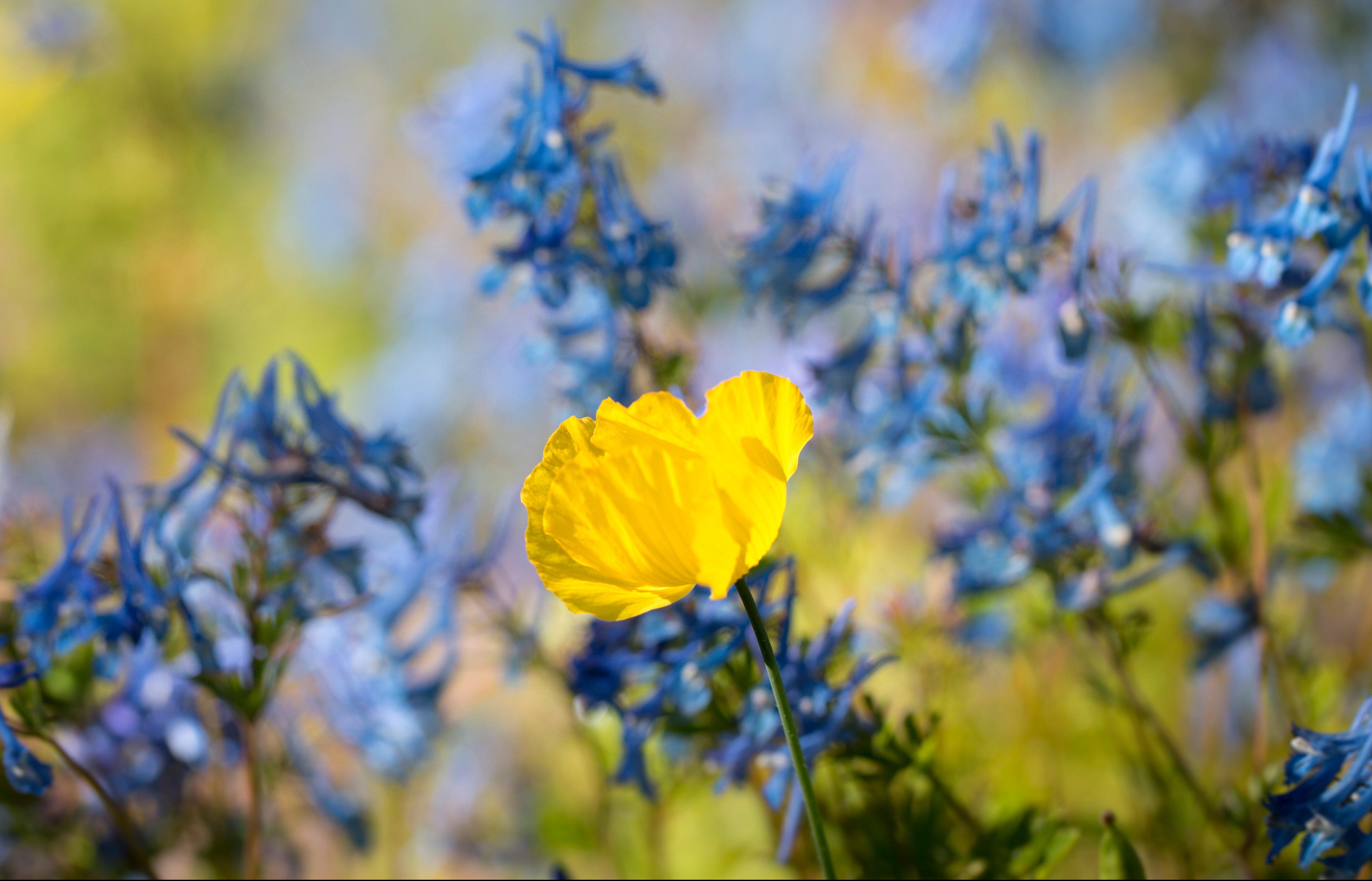
Alan Titchmarsh: The weeds I welcome with open arms
Our columnist Alan Titchmarsh used to spend hours ridding his garden of anything he hadn't planted himself. These days he
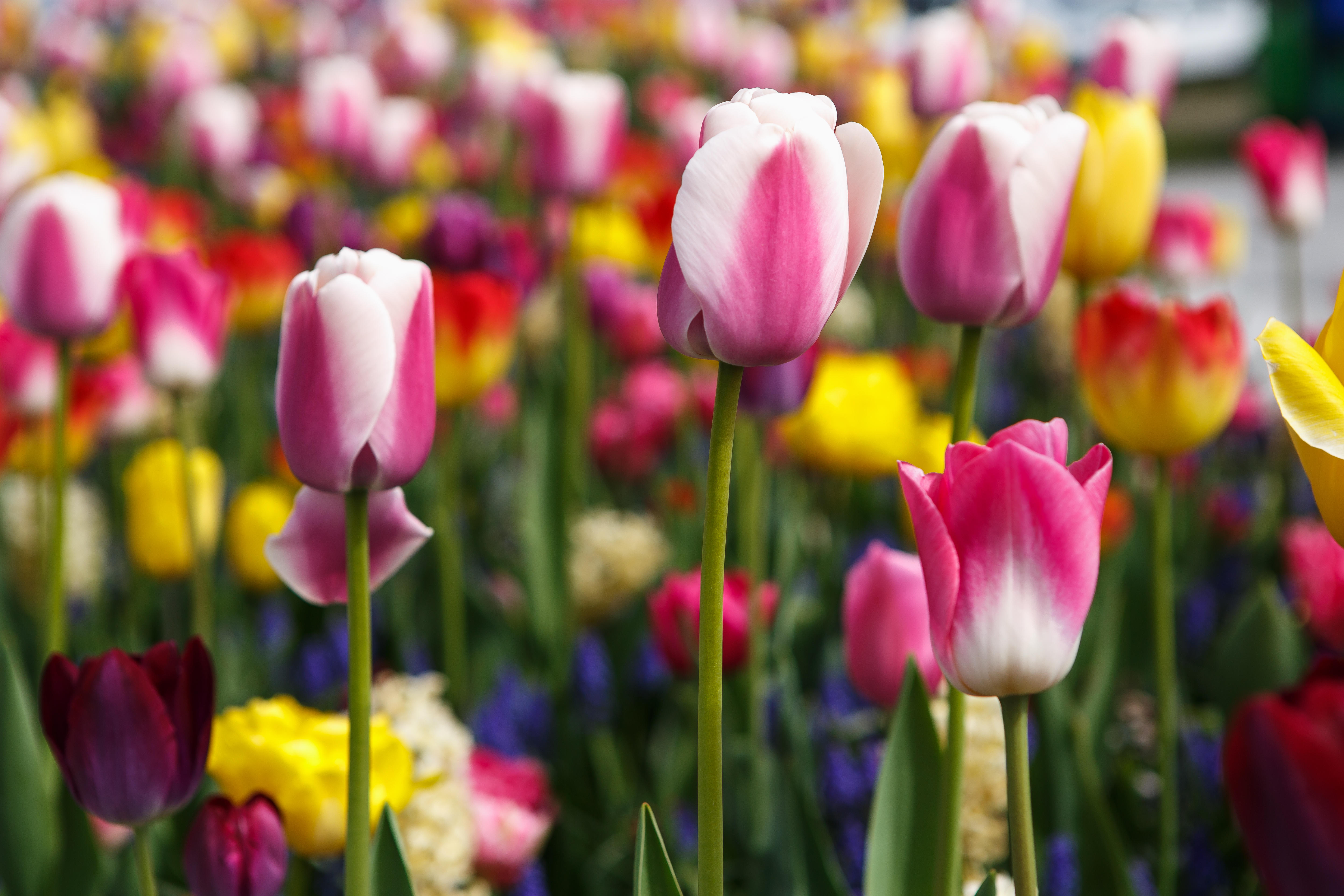
Credit: Alamy
Alan Titchmarsh: The best time of year to plant tulips
Alan Titchmars on planting tulips - and avoiding the grind of removing and storing bulbs every year.
Alan Titchmarsh is a gardener, writer, novelist and broadcaster.
